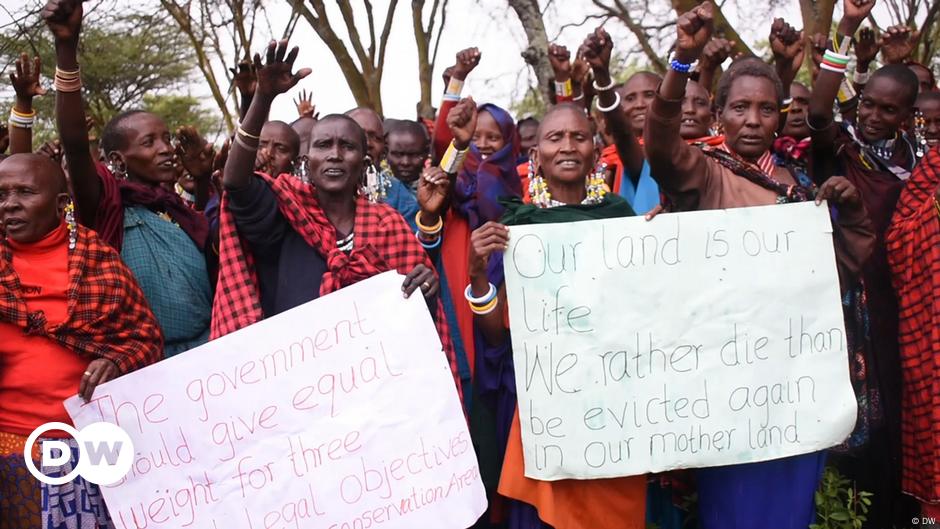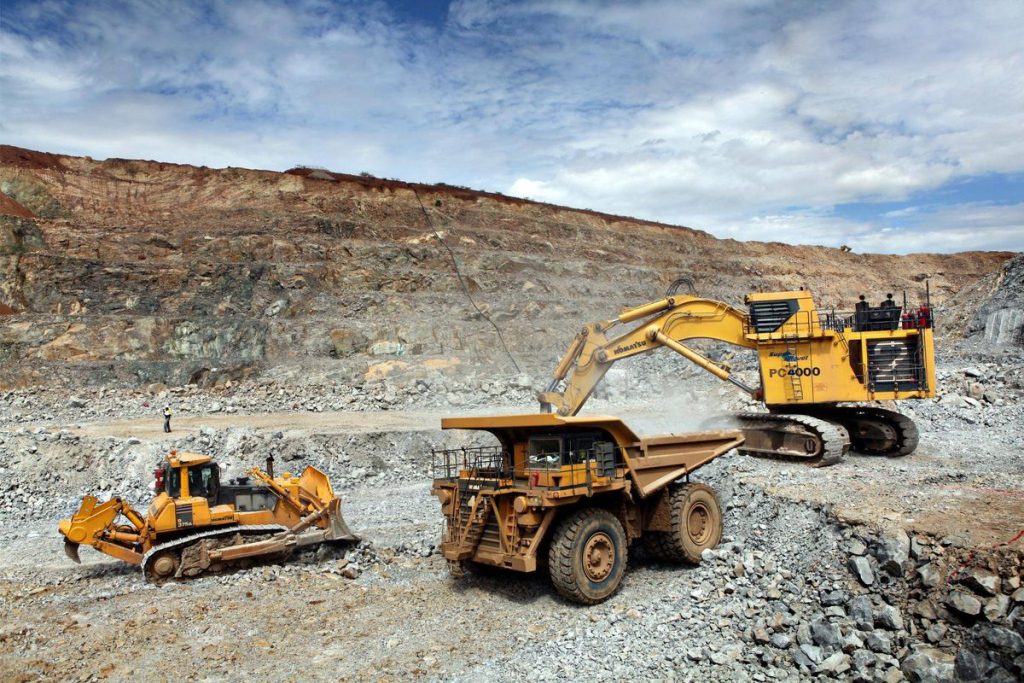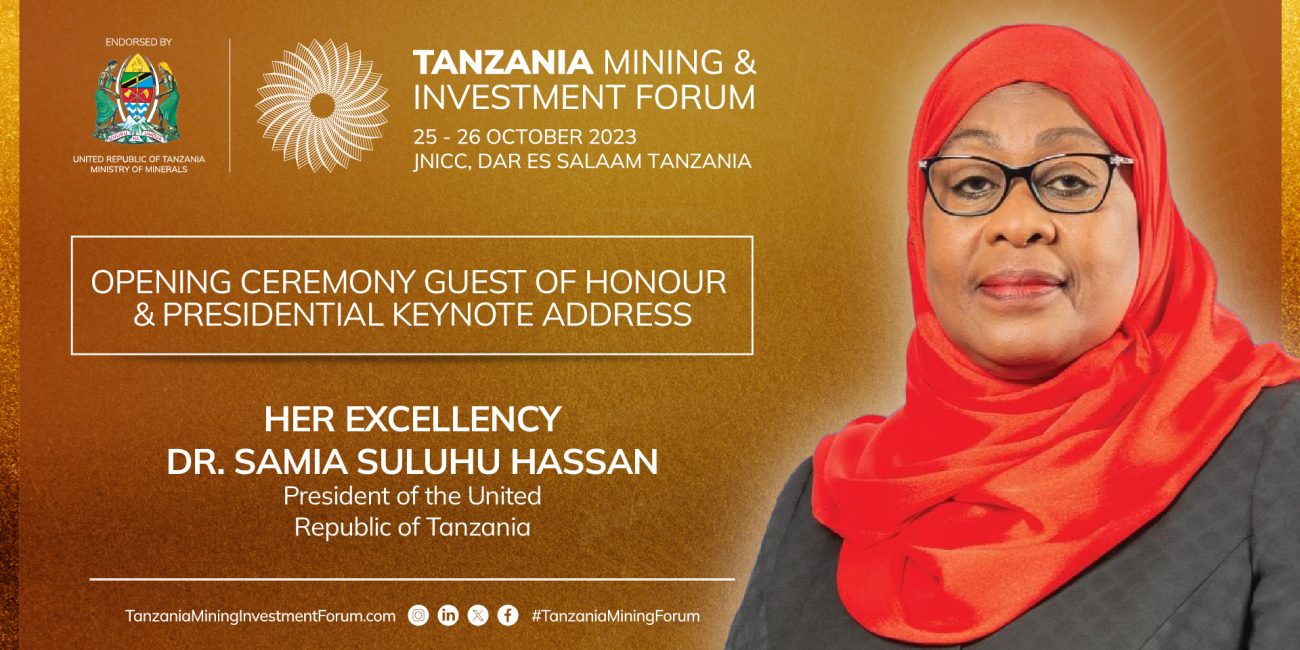Tanzania is a country in East Africa rich in natural resources, including gold. The country’s gold mining industry has significantly contributed to its economy, accounting for approximately 4% of Tanzania’s GDP. Tanzania is the fourth-largest gold producer in Africa, and the mining sector has been the country’s primary source of employment and foreign exchange earnings.
The gold mining industry in Tanzania has experienced significant growth over the past decade, with the government implementing policies to attract foreign investment and promote local participation in the sector. The government has also taken steps to address some of the industry’s challenges, such as illegal mining and smuggling of gold.
Despite the growth and potential of the gold mining industry in Tanzania, several challenges still need to be addressed. One of the main challenges is the lack of infrastructure, particularly in remote areas where many of the mines are located. This has made it difficult for mining companies to transport equipment and materials to the mines and transport the gold out of the country.
Another challenge facing the industry is the issue of artisanal and small-scale mining (ASM). ASM is a significant source of employment in Tanzania, with an estimated 1.5 million people involved in the sector. However, ASM is often associated with illegal mining, environmental degradation, and poor working conditions.
Tanzania’s gold mining industry has significant prospects for growth, but several challenges must be addressed. The government and mining companies must work together to address these challenges and ensure that the industry continues to contribute to the country’s economic development sustainably and responsibly.
Overview
Tanzania is one of Africa’s largest gold producers, with gold accounting for approximately 90% of the country’s total mineral exports. The country’s gold mining industry is primarily concentrated in three regions: the Lake Victoria Goldfields, the Handeni Goldfields, and the Mpanda Mineral Field. The Lake Victoria Goldfields, located in the northwestern part of Tanzania, are the most significant gold-producing region in the country.
Tanzania’s gold mining industry is dominated by large-scale mining companies, including Barrick Gold Corporation, AngloGold Ashanti, and Acacia Mining. These companies operate several mines in the country, including the Bulyanhulu, North Mara, and Geita mines. In addition to these large-scale mining companies, many small-scale miners work in the country’s gold mining industry.
Prospects for Gold Mining Industry
Despite the challenges facing Tanzania’s gold mining industry, its future has several prospects. One of the most significant prospects is the country’s vast, untapped gold reserves. According to the World Gold Council, Tanzania has an estimated 45 million ounces of gold reserves, making it one of the largest gold reserves in Africa. This means there is still significant potential for the country’s gold mining industry to grow.
Another prospect for Tanzania’s gold mining industry is the government’s efforts to attract foreign investment. The Tanzanian government has recently implemented several policies to attract foreign investment in the country’s mining sector.
For example, in 2017, the government passed new mining laws that require mining companies to list on the Dar es Salaam Stock Exchange and increase the government’s stake in mining companies from 16% to 50%. These policies have helped to attract new investment in the country’s mining sector, including its gold mining industry.
In addition to these prospects, Tanzania’s gold mining industry also benefits from the rising price of gold. In 2020, the price of gold reached an all-time high, which has helped to boost the profitability of the country’s gold mining industry. This has also encouraged new investment in the industry as investors seek to take advantage of the high gold prices.
Challenges
Despite the prospects for the mining sector, it also faces several challenges. One of the most significant challenges is the country’s regulatory environment. In recent years, the Tanzanian government has implemented several policies to increase its control over the country’s mining sector.
These policies have included higher taxes, increased royalties, and stricter regulations on foreign investment. While these policies are intended to benefit the country, they have also made it more difficult for mining companies to operate in Tanzania.
Another challenge facing the mining industry is the issue of illegal mining. Illegal mining is a significant problem in Tanzania, with many small-scale miners operating without proper licenses or permits. This has led to environmental damage, as well as social and economic problems in the communities where illegal mining is taking place.
The government has taken steps to address this issue, including establishing a task force to combat illegal mining. However, the problem persists and continues to be a significant challenge for the country’s gold mining industry.
Infrastructure is another challenge facing gold mining. Many of the country’s gold mines are located in remote areas, which makes it difficult to transport equipment and supplies to the mines. In addition, the country’s infrastructure, including roads and power supply, is often inadequate, making it difficult for mining companies to operate efficiently.
A Way Forward
Tanzania’s gold mining has played a significant role in the country’s economy for over a century. While the industry faces several challenges, including a complex regulatory environment, illegal mining, and inadequate infrastructure, there are also several prospects for its future.
These prospects include the country’s vast untapped gold reserves, the government’s efforts to attract foreign investment, and the rising price of gold. As Tanzania’s gold mining industry continues to evolve, it will be essential for the government and mining companies to work together to address the industry’s challenges and take advantage of the prospects for its future.
Read more of Insightful analysis on the Mining Sector here.




